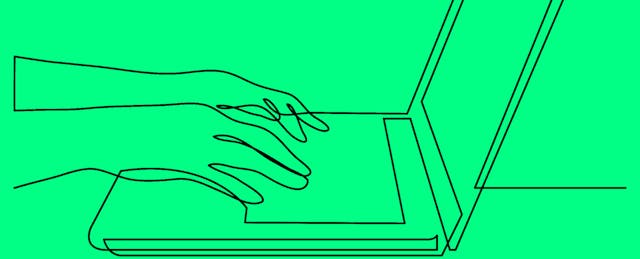Unprecedented.
Unusual.
Unimaginable.
Regardless of the adjective, we are living in times unlike any most of us have ever seen.
The extraordinary nature of the days lived during the Coronavirus pandemic and the protests and activism of the Black Lives Matter movement certainly pose a drastic contrast to our pre-2020 lives. We surely have never seen days like these before.
As educators, we find ourselves at a moment of incredible power for our students. There has never been a more appropriate time to help our students see the value of a primary source as a tool for comprehending the history of that moment—and to recognize the power they have in creating primary sources of their own that provide future students the same understanding of this particular time.
According to Britannica Kids, a primary source is:
a work that gives original information. It is something that comes from a time being studied or from a person who was involved in the events being studied. Some primary sources supply factual information about a subject. Other primary sources express the views of people who experienced events.
Britannica Kids goes on to list the different kinds of documentation that might qualify as a primary source to include “any piece of writing, image, film, sound recording, or human-made object can be a primary source.”
When most people think of primary sources, images come to mind of aged yellowed pieces of paper with old-fashioned handwriting and the highly formal language of days gone by. We might also think of grainy black and white photographs, primitive video recordings or hand-drawn maps of newly discovered territories.
The reality is that anything a human can make that captures the moment or informs the future’s understanding of the past is a primary source. Journals, posters, political cartoons, poetry, letters, videos, audio recordings, speeches, tweets, social media posts, films, first-hand accounts, photographs digital art—anything in which this moment is captured for the future to see.
Our kids should be writing them, creating them, reflecting on the moment with them. Our students can share their thoughts, observations, and opinions about history and create primary sources along the way.
A student-created primary source for today’s history can be as simple as:
- Reflecting on current events in a Google doc journal
- Recording a Flipgrid video
- Writing a song
- Writing a letter to an elected official or an opinion piece for the local paper
- Snapping a photograph on one’s phone—even a selfie!
- Crafting a powerful tweet
Other options take this work to the next level. Family Book Form has developed a simple process for creating a digital book, either collaborative or individual, which captures the primary source work into a published book, in digital and print. With Family Book Form, the digital books are available to view online for one year but teachers can download the finished product as a PDF. Each book project can accommodate up to 300 contributors, provides two hours speech-to-text space, offers unlimited downloads and can even be printed on demand.
The founder of Family Book Form, Carey Furze, explains that the power of this technology is “that it empowers every teacher and student to easily collect and create primary source information into polished books of great value to many. The process is personalized and differentiated education, motivating students to be interested in learning, and the books enrich lessons, can be graded, included in portfolios, gifted or sold for fundraising.”
Educators around the world have made the most of technology tools to empower their students to capture the moment, process their feelings and contribute to history. Here are just a few examples:
- Jennifer Jones’ High schoolers in Mt. Airy, N.C., used StoryJumper.com to create individual books detailing their experiences during the pandemic.
- Students in the Philadelphia Public School system are engaged in capturing their thoughts—with recent focus on the Black Lives Matter movement—through the Writers Matter program.
- Chelsea Prehn (seventh grade teacher at the Overseas School of Colombo in Sri Lanka) assigned her students the task of developing an interactive timeline detailing events of local and international significance for students.
- Students in Lindsay Hall’s library classes created protest posters after a powerful discussion of the Black Lives Matter movement.
- Lisa Shadrick’s students at Dean Morgan Junior High School in Caspar, Wy., captured their experiences in a video time capsule.
- Wendy McElfish of Capistrano Valley High School in Mission Viejo, Calif., designed a photography project to empower her students to capture history with photography.
There is nothing more engaging than connecting to the world and events as they happen. McElfish, a photography instructor, summed this up for her students by saying, “We are living history. This is the time to document for future generations to see.”
Students know that what is relevant and real is right outside the door. Helping them process those moments, capturing how they feel and what they think, is meaningful work at a time when finding meaning can be a challenge.
Tapping the power of technology to empower students as creators brings the learning to a whole new level. They are living this moment in history, and they have plenty to share. Give them chances to record, to reflect, to capture. Empower them to lend their voices, their vision, and their wisdom to reflect this time.
It is in engaging in this way that they will see that they are not passive sideline sitters, but rather doers, activists, authors, creators and influencers—in ways that make the world a more human place.


